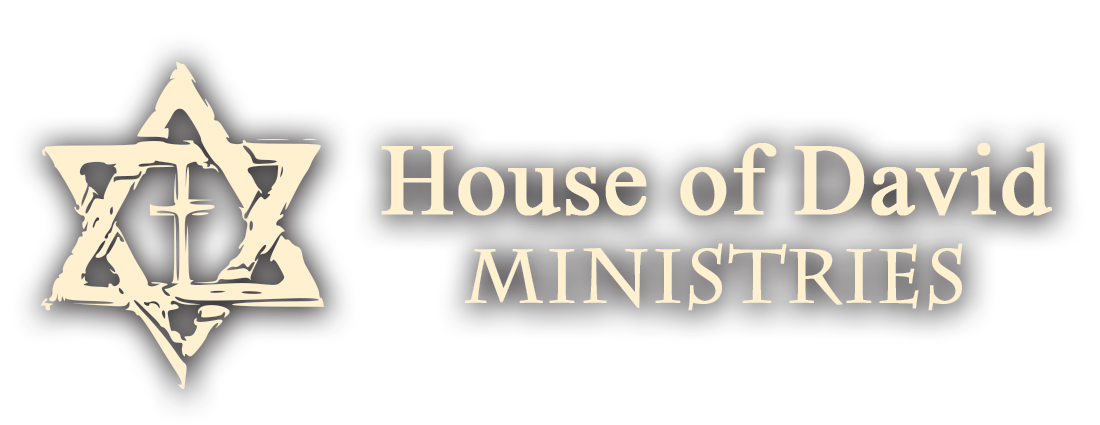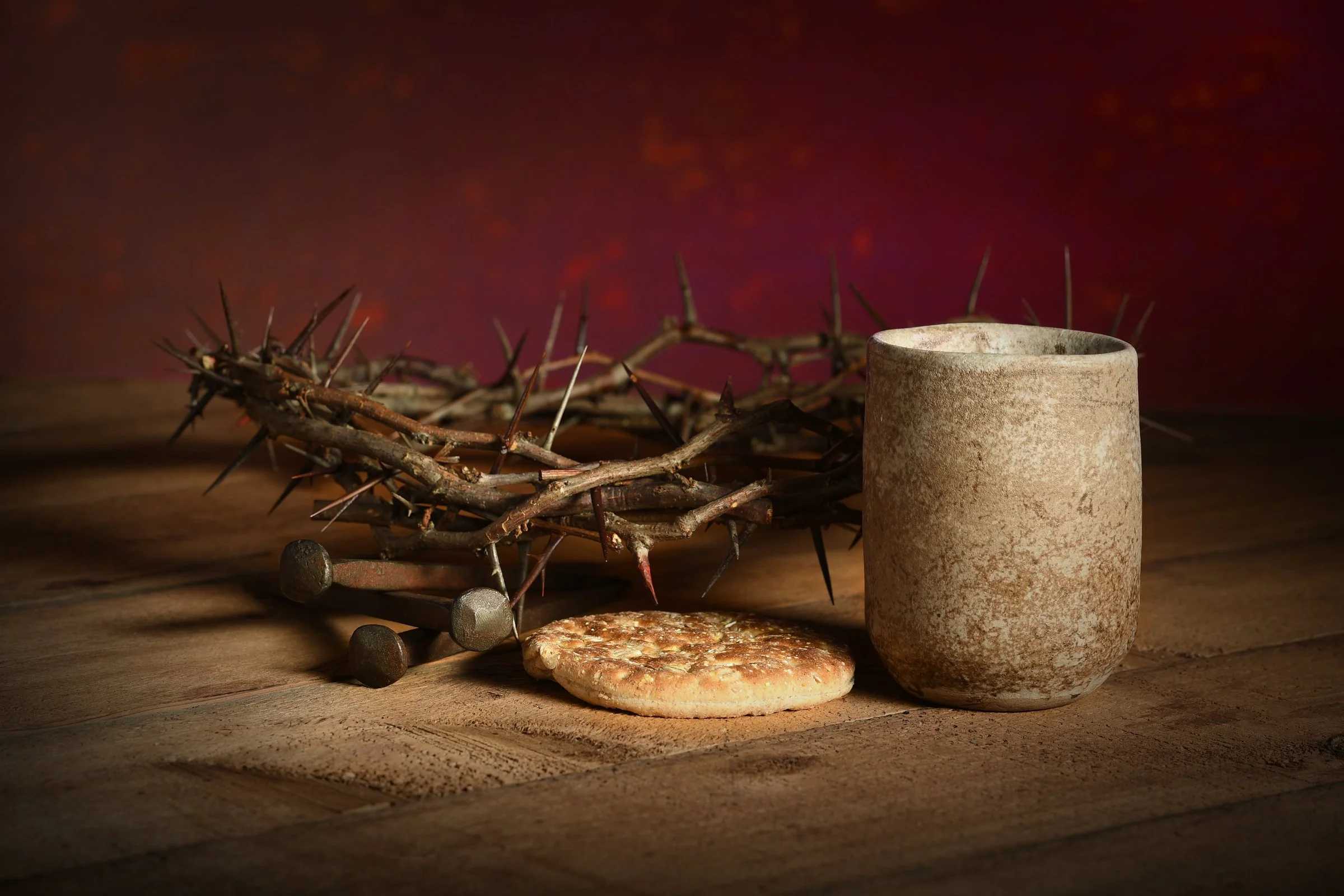We read, “Now it came to pass, as [Jesus] was praying in a certain place, when He ceased, that one of His disciples said to Him, ‘Lord, teach us to pray, as John also taught his disciples’” (Luke 11:1). Jesus’s response has come to be known as “the Lord’s prayer.” A beautiful declaration that begins with the joy of our heavenly Father, praying for God’s soon-coming Kingdom, asking Him for our daily provision and protection, and closing with an acknowledgment of God’s sovereign Kingdom, His power, and glory. Matthew gives a more extended version of this prayer that Jesus gave as part of the Sermon on the Mount, traditionally believed to be a hill (called the Mount of Beatitudes) near Capernaum on the northern shore of the Sea of Galilee.
The Word Became Flesh
“And the Word became flesh and dwelt among us, and we beheld His glory, the glory as of the only begotten of the Father, full of grace and truth” (John 1:14, NKJV). This is probably one of the most popular verses in the New Testament, clearly pointing to Yeshua as the Divine Messiah; God in human form, manifest and revealed to the creation. However, what exactly did the Apostle John mean when he said, the word became flesh? In a general sense, the word is the bible. So, how does paper or parchment turn into living flesh? I think there more to understand here.



